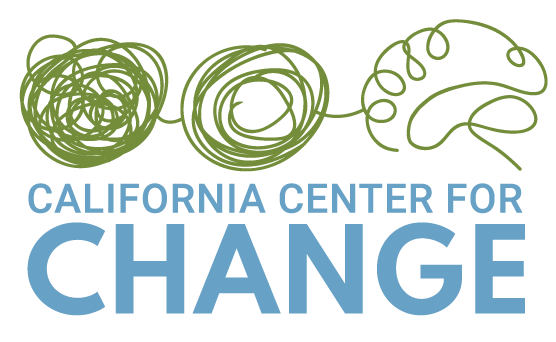This is your brain on drugs. For real.
This is not your brain on drugs. These are burnt eggs.
Addiction is scary. It has caused pain in many people’s lives and has cost families and governments trillions of dollars to treat and prevent. It’s no surprise that social service agencies want to educate the general population about the harms of addiction. You may have seen this public service announcement comparing the addicted brain to fried eggs. The image is powerful, yes, but it is not educational. This is what actually happens in your brain when you take drugs.
Neurons generate messages that travel between cells in the brain.
Above is an image of a neuron. Our brain is filled with billions of these nerve cells and fibers. They contain genetic information and also serve as messengers. They transmit information through fibers from one cell to another via electrical charges. Neurons generate messenger chemicals, or neurotransmitters, to transmit information from cell to cell. The electrical charge travels through the dendrites, cell body (or soma), axon, and terminal bud down to the synapse, the gap between neurons where the magic happens.
Neurotransmitters live in the terminal bud of neurons. An electrical charge comes through the neuron and releases the messenger chemicals. The chemicals then float across the synapse and attach to the neighboring cell for a short amount of time in a process called neurotransmission. Once the message has been relayed, they return to their home cell. This process is called reuptake. For example, if you were to burn your hand on the stove, nerve cells in your muscles would send a message to the neurons in your brain saying, “Ouch!” Your brain sends a message back down to the muscles in your arm to pull your hand back. At the same time, the message from your burning hand also alerts your brain to release endorphins, the brain’s natural pain reliever. The endorphins do their job and relieve the pain long enough so you can think to run cold water over your hand. Once the message has been communicated, the endorphins return to their home cell until the next electrical charge commands them to be released.
THIS is your brain on drugs.
Above we have a close up of the synapse, the gap between neurons, and what happens when cocaine is present in the brain. The red arrows show the process of reuptake. The neurotransmitter dopamine has been released into the synapse to send a message to the neighboring cell. Once dopamine has completed its task, it attempts to go back home, but cocaine is blocking the way. Since dopamine can’t go back home it goes back to doing it’s job, binding to the neighboring cell. Dopamine’s loitering, so to speak, is what causes feelings of intense pleasure and euphoria.
Dopamine is only one of dozens of neurotransmitters in the brain. In the next installment, we identify the major neurotransmitters involved with drug use.
Photo credits: burnt eggs by incredibledictu, neuron, and neurotransmission by NIH.




